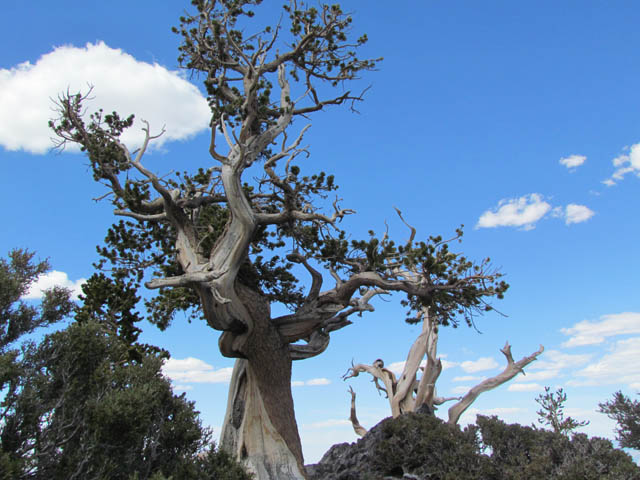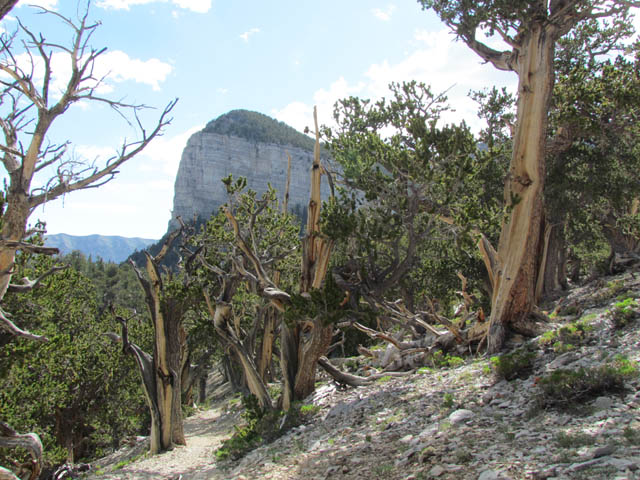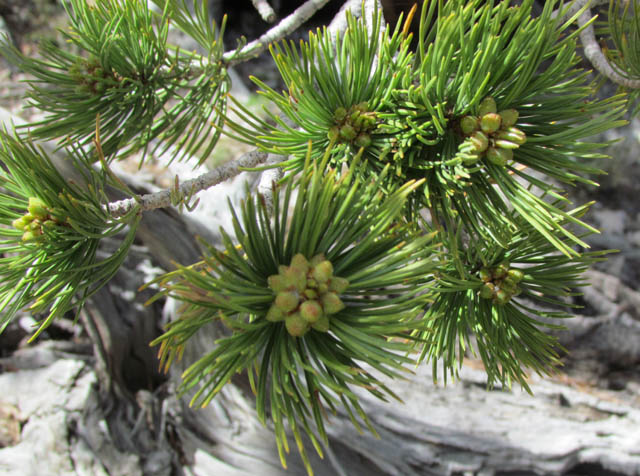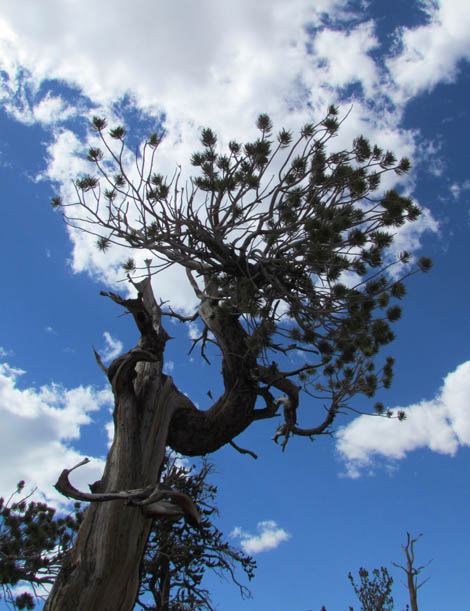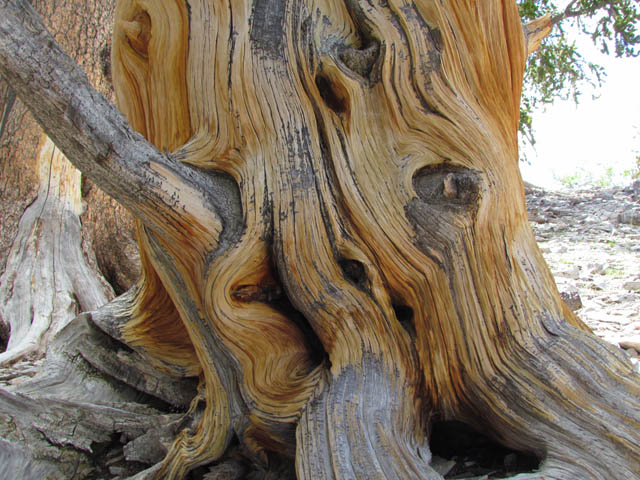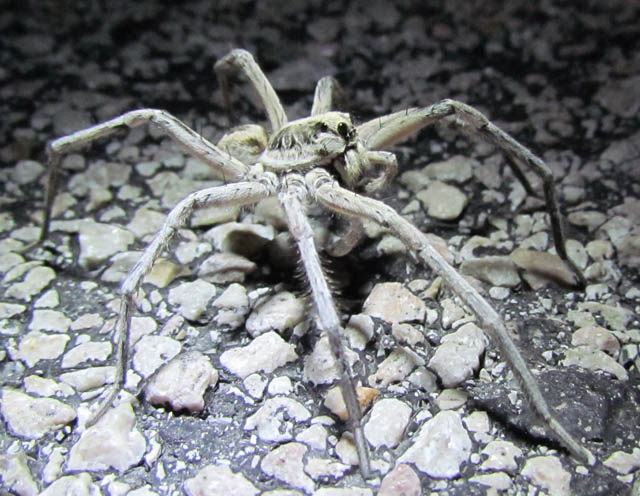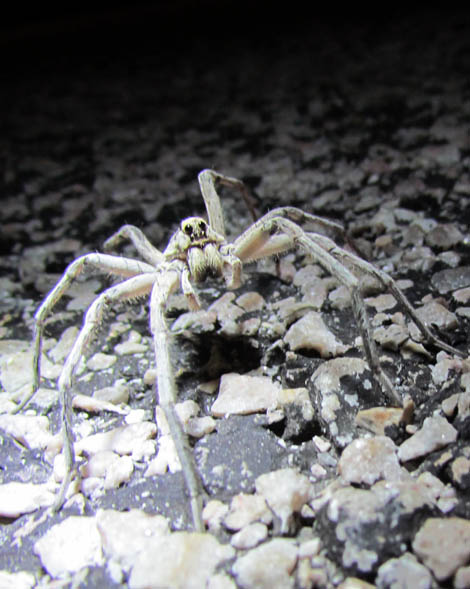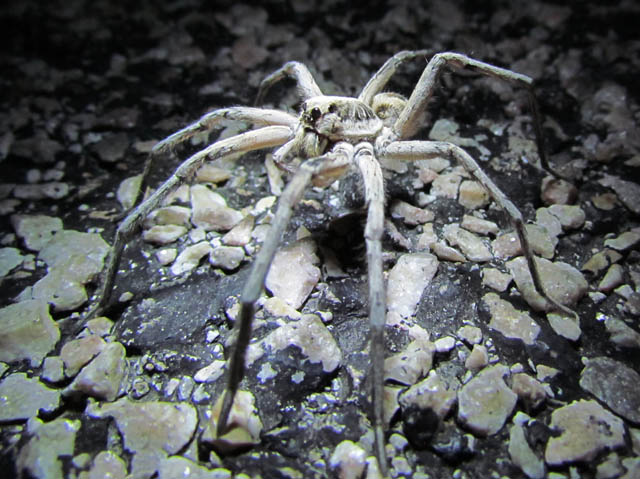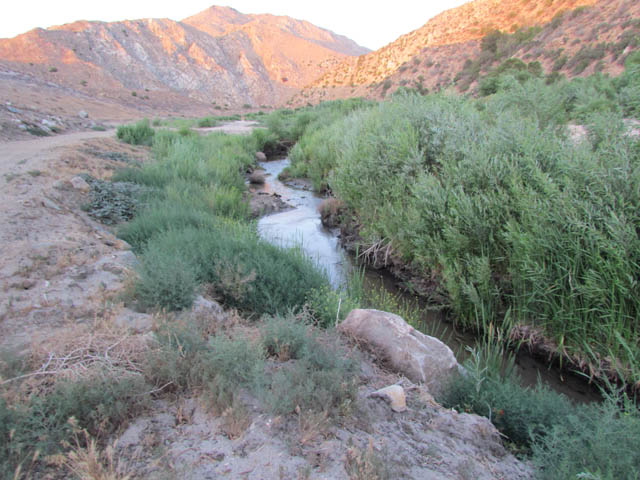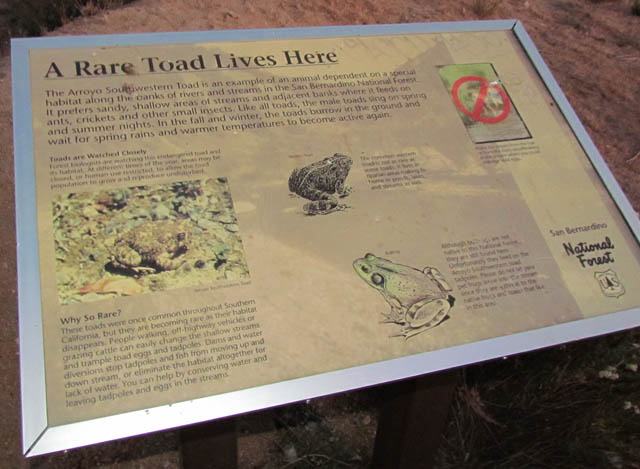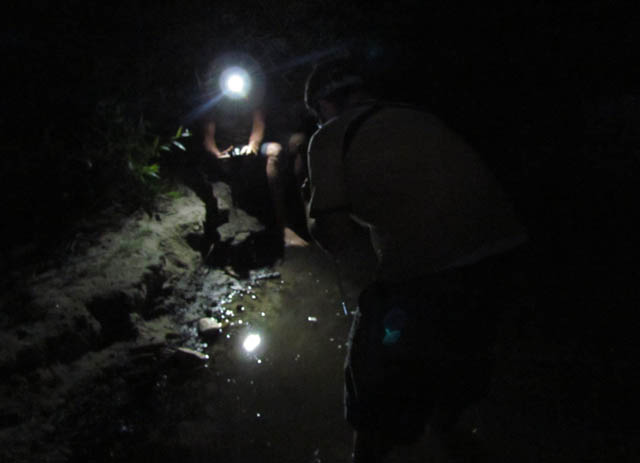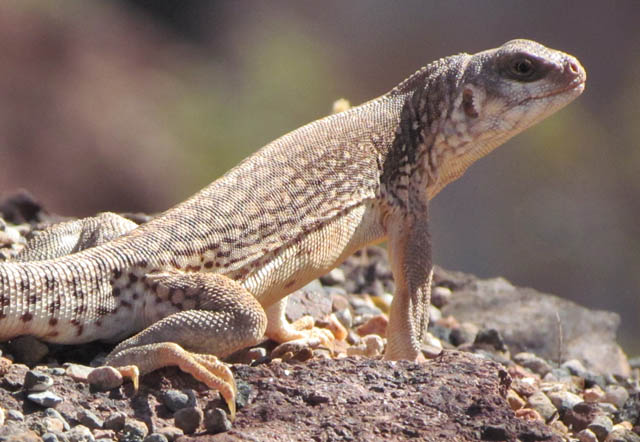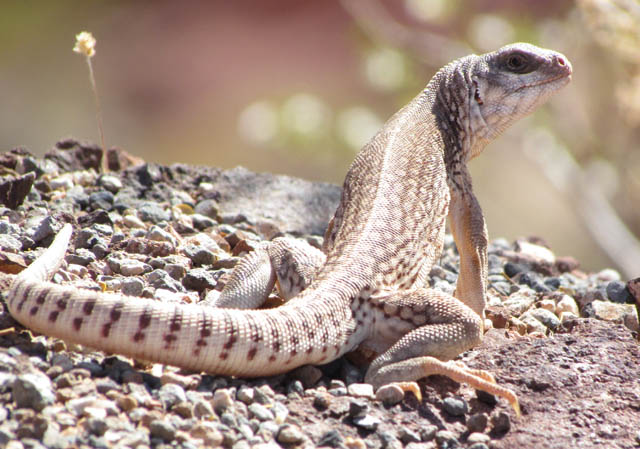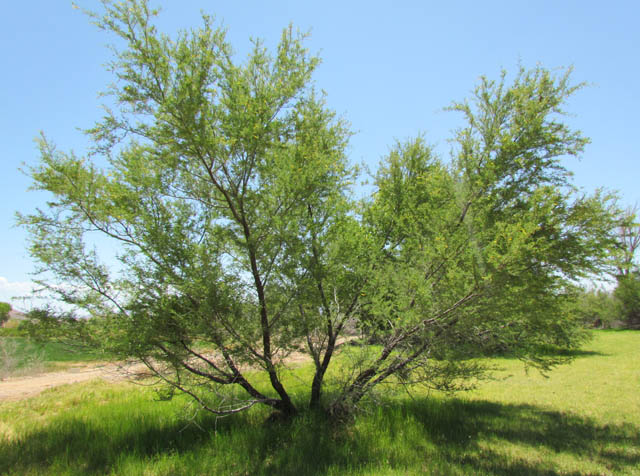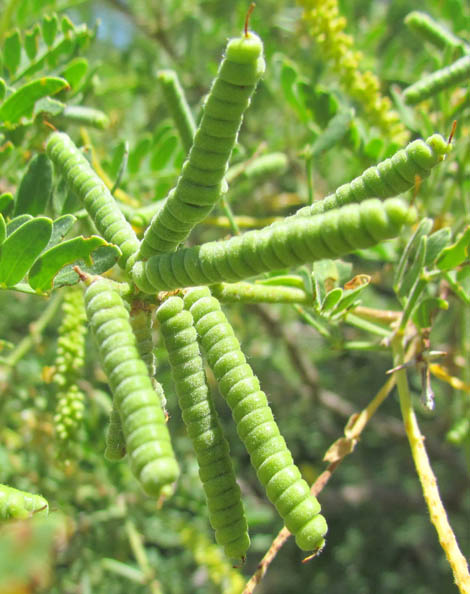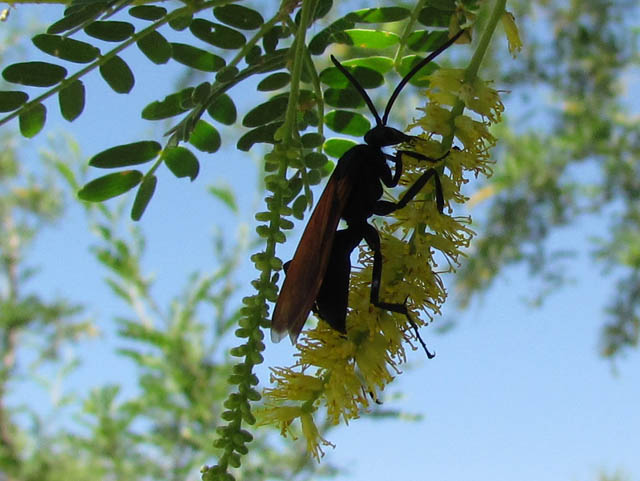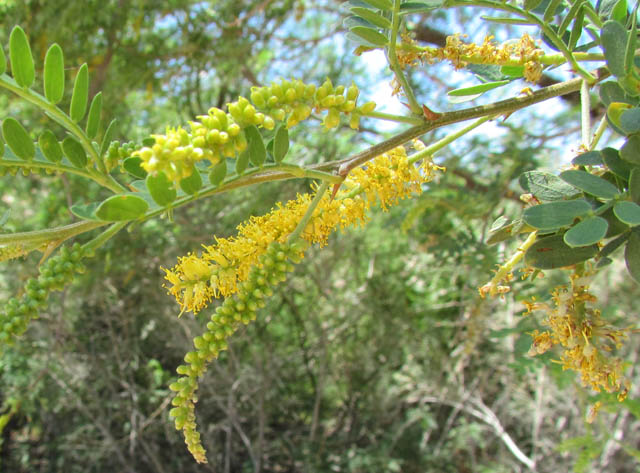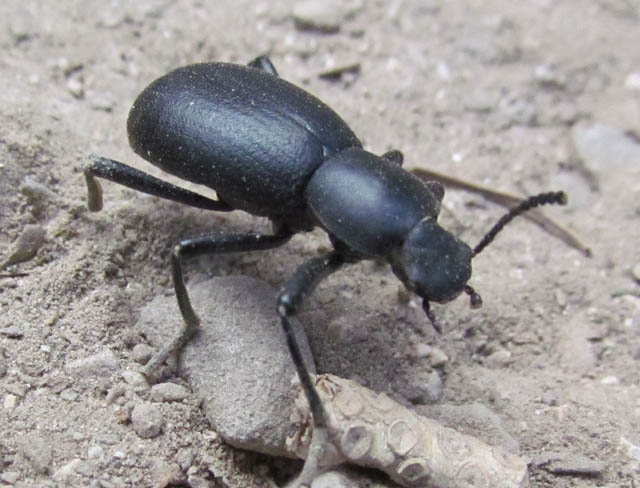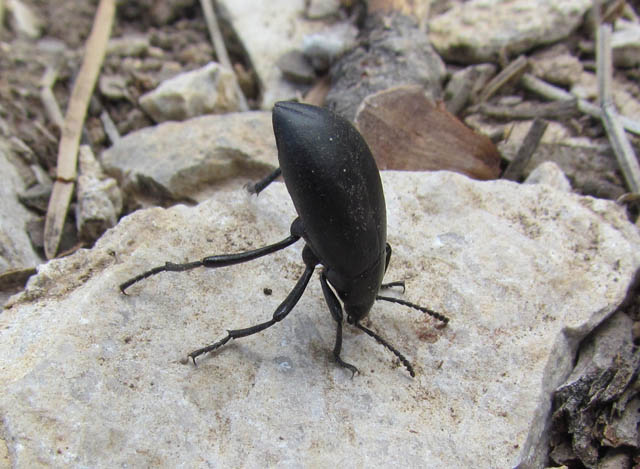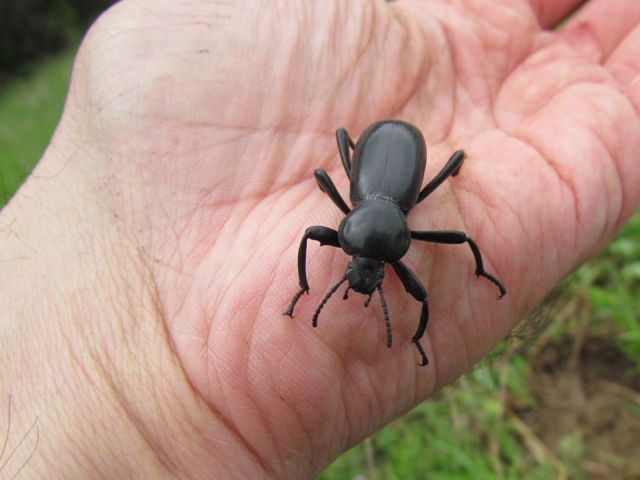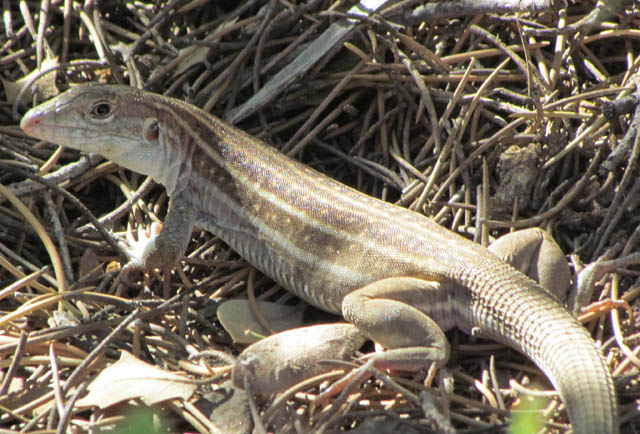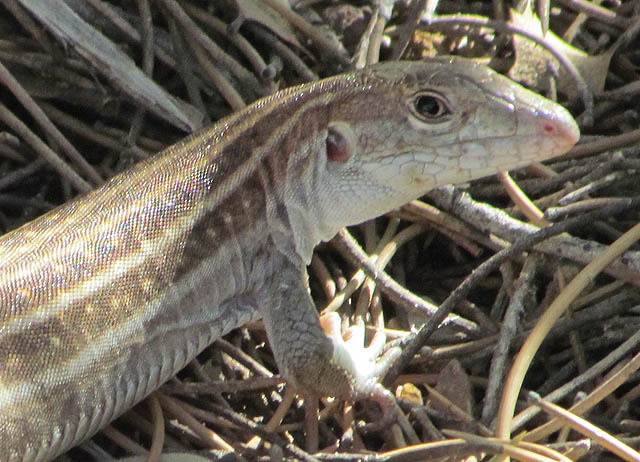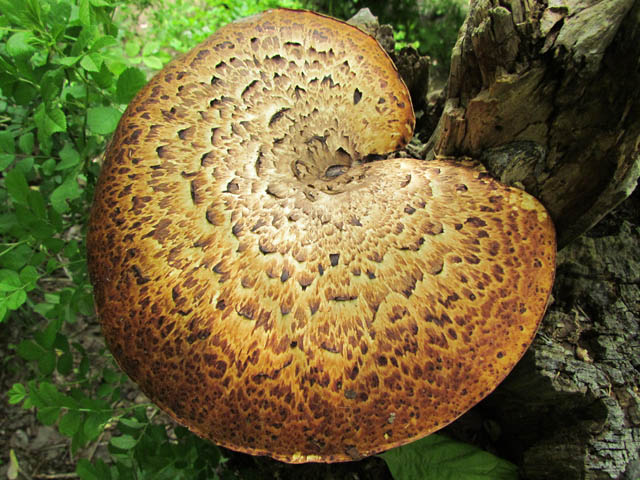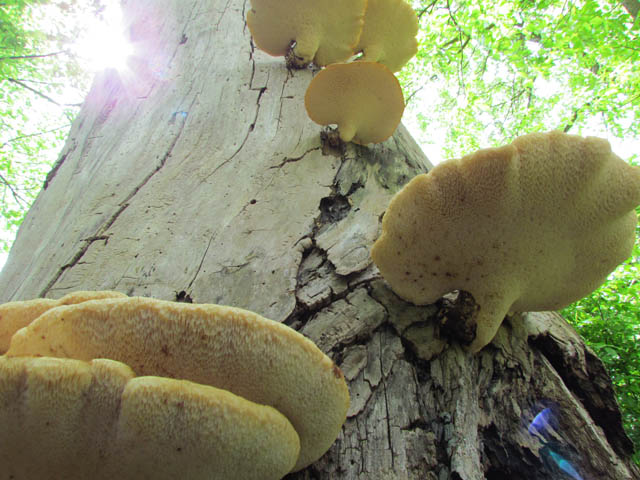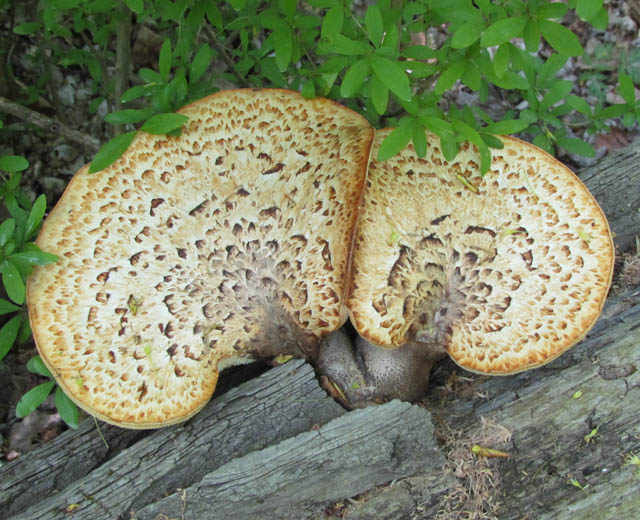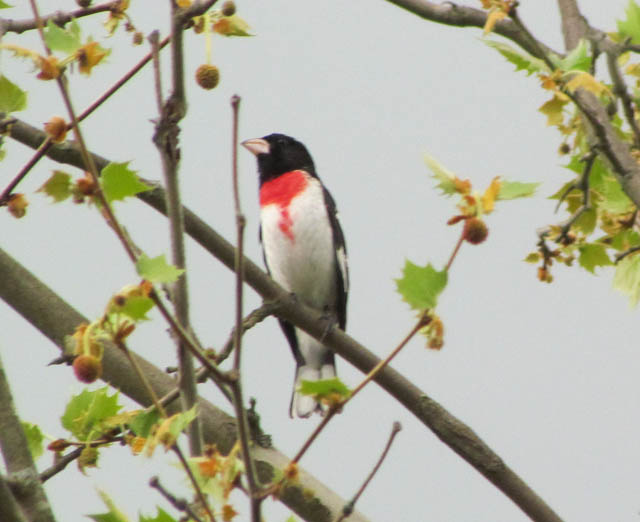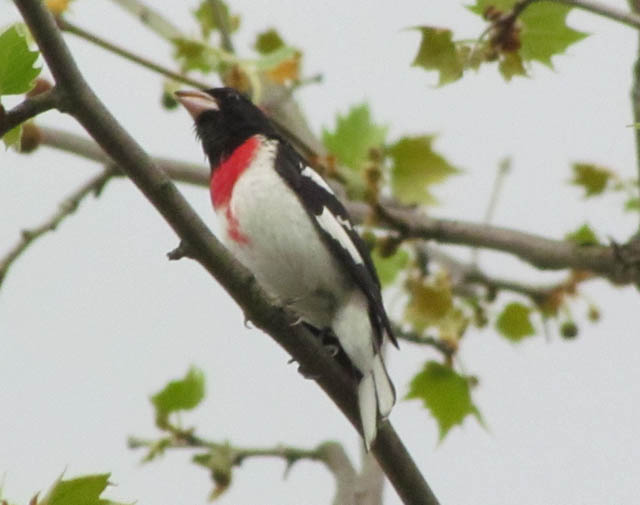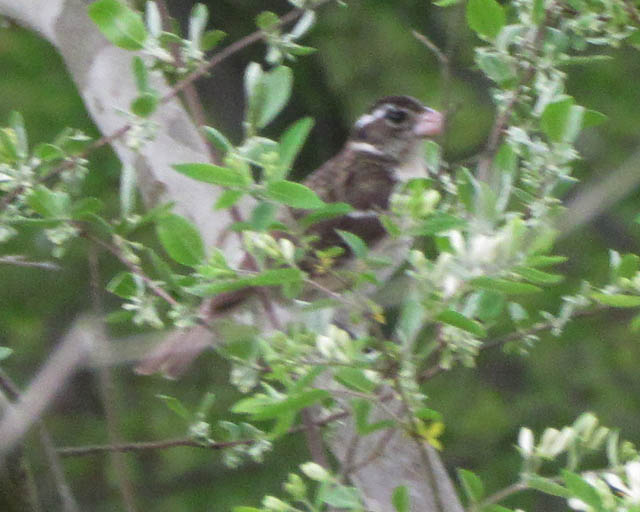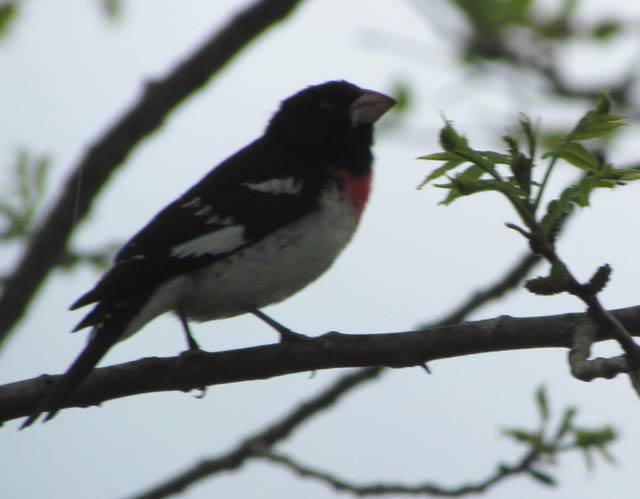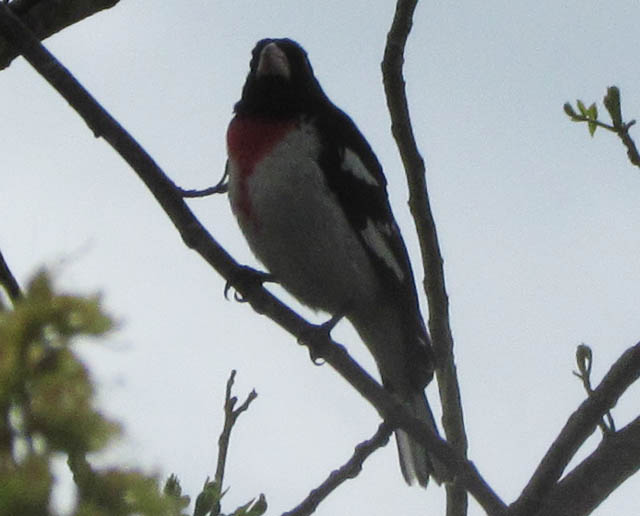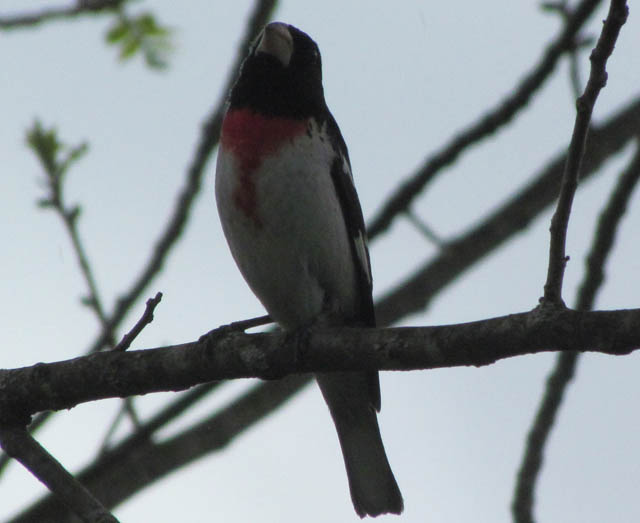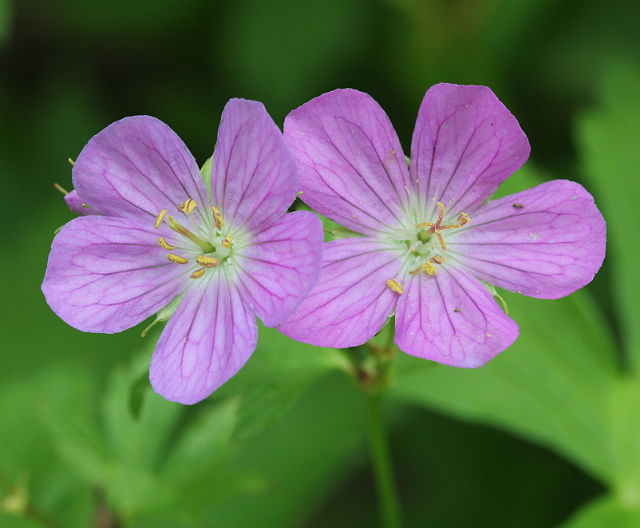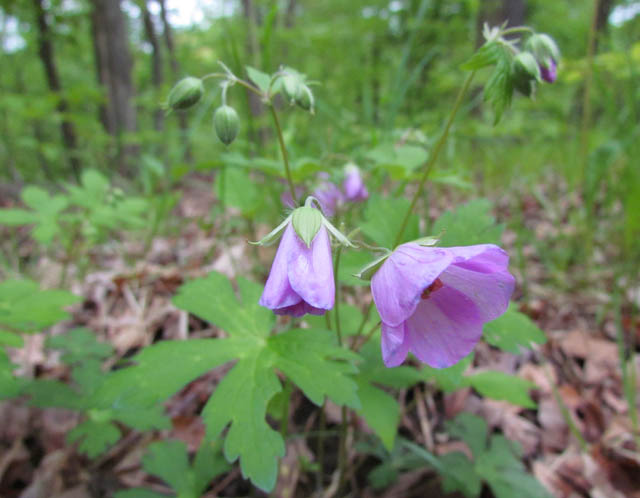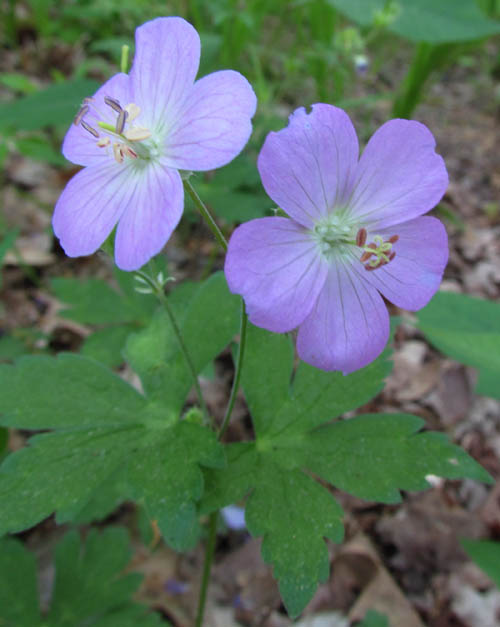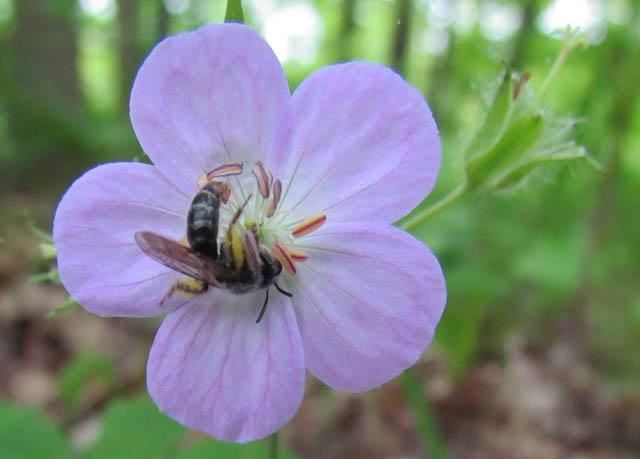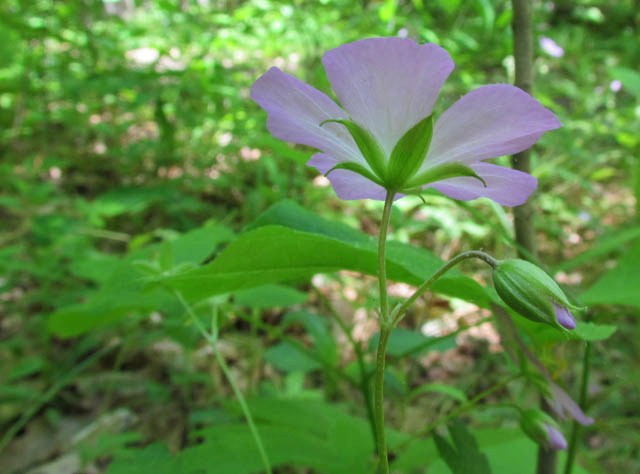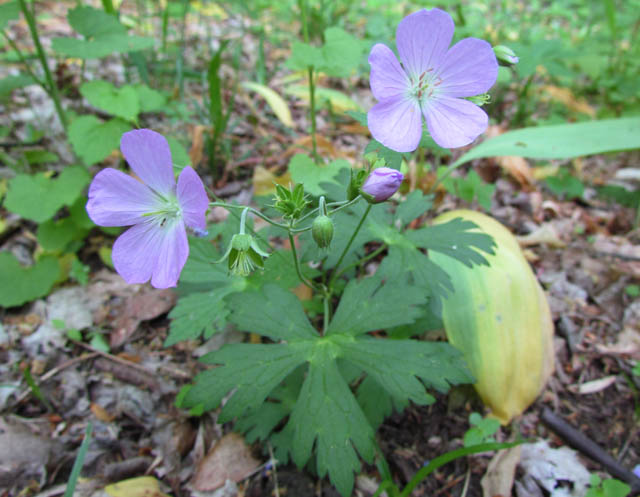Great Basin Bristlecone pines are remarkable for their great age and their ability to survive adverse growing conditions. In fact, it seems one secret to their longevity is the environment in which most bristlecone pines grow.
This tree most often grows where conditions are harsh, with cold temperatures, a short growing season and high winds. The examples I saw today were high atop Mount Charleston. Trees in these high-elevation environments grow very slowly and in some years don’t even add a ring of growth.
This slow growth makes their wood very dense and resistant to insects, fungi, rot and erosion. Vegetation is very sparse, limiting the role of fire. Bristlecone pine seeds are occasionally cached by birds at lower elevations.
While they grow more rapidly in more “favorable” environments at lower elevations, they do not achieve their legendary age or fascinating twisted shapes.
Not only are they cool to look at, bristlecone pine is the longest lived tree species in the world — a few are known to have lived for over 5,000 years.
I set my sights on finding a particular Bristlecone Pine in Nevada that is over 3,000 years old. The six mile round-trip hike was at times at elevations of over 11,000 feet. I finally did get to meet up with that tree.

